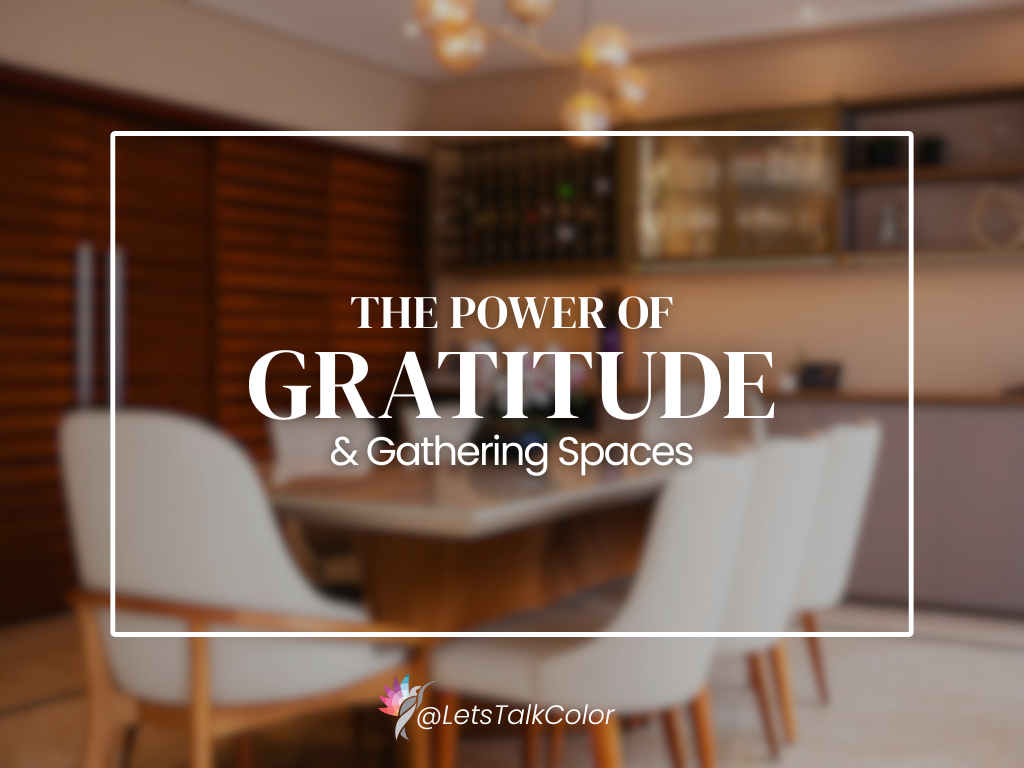Choosing a backsplash for your kitchen is a significant decision that can enhance both functionality and aesthetics. But contrary to popular belief, I strongly believe that the backsplash may not always be the primary focal point in your kitchen. The focus depends on factors such as the kitchen layout, style, and standout features like a beautiful view from a window, an ornate vent hood, high-end appliances, designer lighting fixtures, or an exquisite waterfal island.
In open-plan kitchens, it’s crucial to ensure that your backsplash complements rather than competes with other design elements like artwork and accessories in the rest of the space. Factors like your countertop material, lighting, and hardware also play a vital role in determining the right backsplash color and style.
Keep in mind that much of the backsplash may be hidden by items placed on countertops, so overly busy patterns can make the space look cluttered.
This is a real issue. I have not seen many kitchen countertops during my career as a stager, designer, or color consultant t where the countertops are void of any everyday items! We live in our homes, right!
As a rule of thumb, opting for a simple, clean look often works well, unless a bold backsplash is necessary to achieve the desired style. The kitchen is a space where functionality should go hand-in-hand with inspiration and joy, making it essential to strike a balance between aesthetics and practicality.
Selecting the Appropriate Backsplash Material
Wall tiles are typically applied in areas of the kitchen prone to food splatter or humidity. They protect the wall surface from potential damage caused by pots, pans, knives, and other kitchen equipment, creating a water-resistant surface that’s easy to clean. When choosing your backsplash, it should complement your cabinets and countertops. If your cabinetry and countertops are simple and clean, you have an opportunity to experiment with a more visually striking backsplash. Conversely, if your cabinets are already unique, opt for a subtler backsplash to let them shine.
The choice of countertop material often dictates the type of backsplash that works best. Consider materials like marble-inspired porcelain for a timeless appeal or natural stone, which, with modern sealants, requires minimal maintenance.
Keep in mind that subway tile, while often associated with 3×6 white tiles, can encompass various sizes and styles, such as 3×18 or picket tiles. Subway tiles are versatile and can be laid in unique patterns like stacked or herringbone for a fresh twist.
Extending the tile to the ceiling can also make the kitchen appear more spacious and cohesive.
Common Kitchen Backsplash Mistakes to Avoid
- Budget-Friendly Choices: When on a budget, avoid trendy tiles that can quickly become outdated. Classic white, off-white, creamy ceramic subway tiles, which are cost-effective, can be an excellent choice.
- Mismatched Styles: Example- If your kitchen features the typical yellowy-brown Santa Cecilia, Venetian Gold granite
- countertops that have been so popular during the 90’s, opt for a simple, matte off-white subway tile to create a clean and more updated look. Don’t try and update it by being creative with a busy-looking backsplash tile.
- Maintenance Concerns: Consider the ease of cleaning and sealing for your chosen tile. Natural tiles may require sealing to maintain their appearance, while stainless steel tiles should be checked for abrasion resistance. Don’t forget to seal the grout to keep it clean.
- Trim Pieces: Be mindful of trim pieces. If you choose beveled tiles, ensure you also select corner round trim pieces that match in glaze and thickness. the modern trend is to use Schluters, which is available in many different metal finishes.
- Sample Selection: Take your time selecting tiles by bringing home samples. This allows you to see how they look against your cabinets, countertops, and under your kitchen’s lighting conditions, especially in open-concept spaces.






